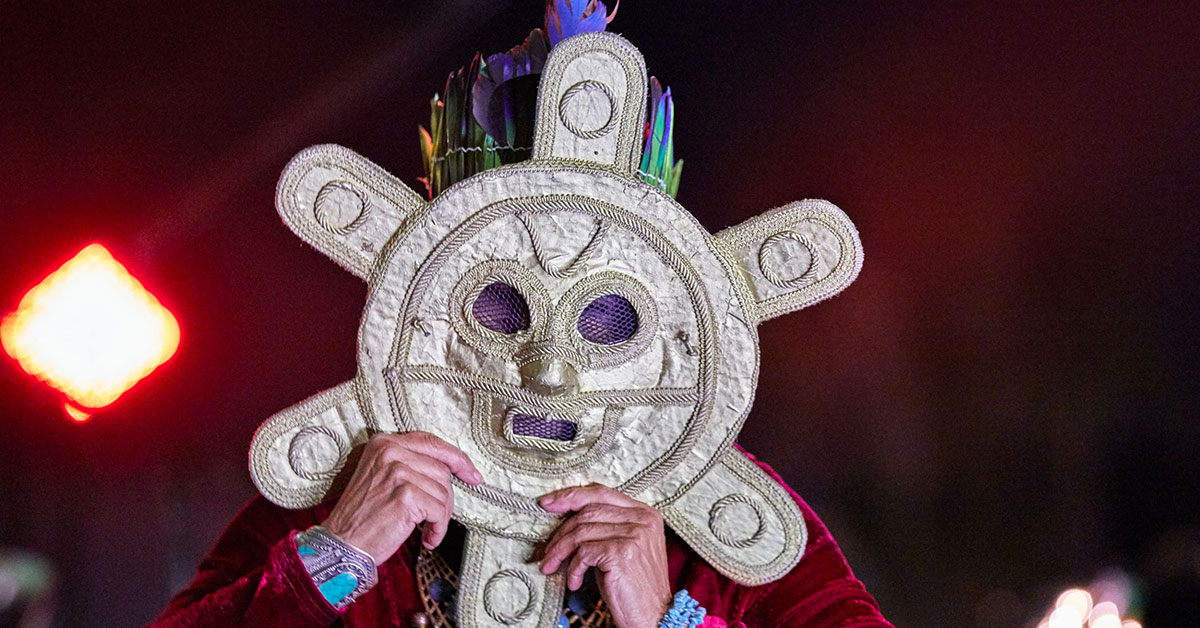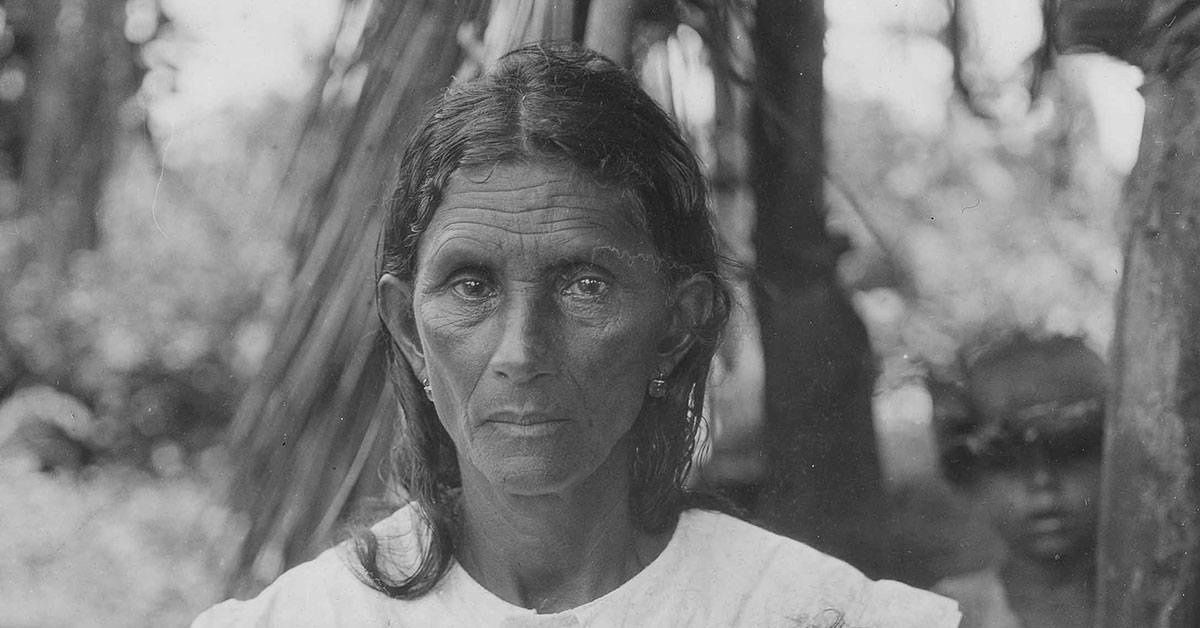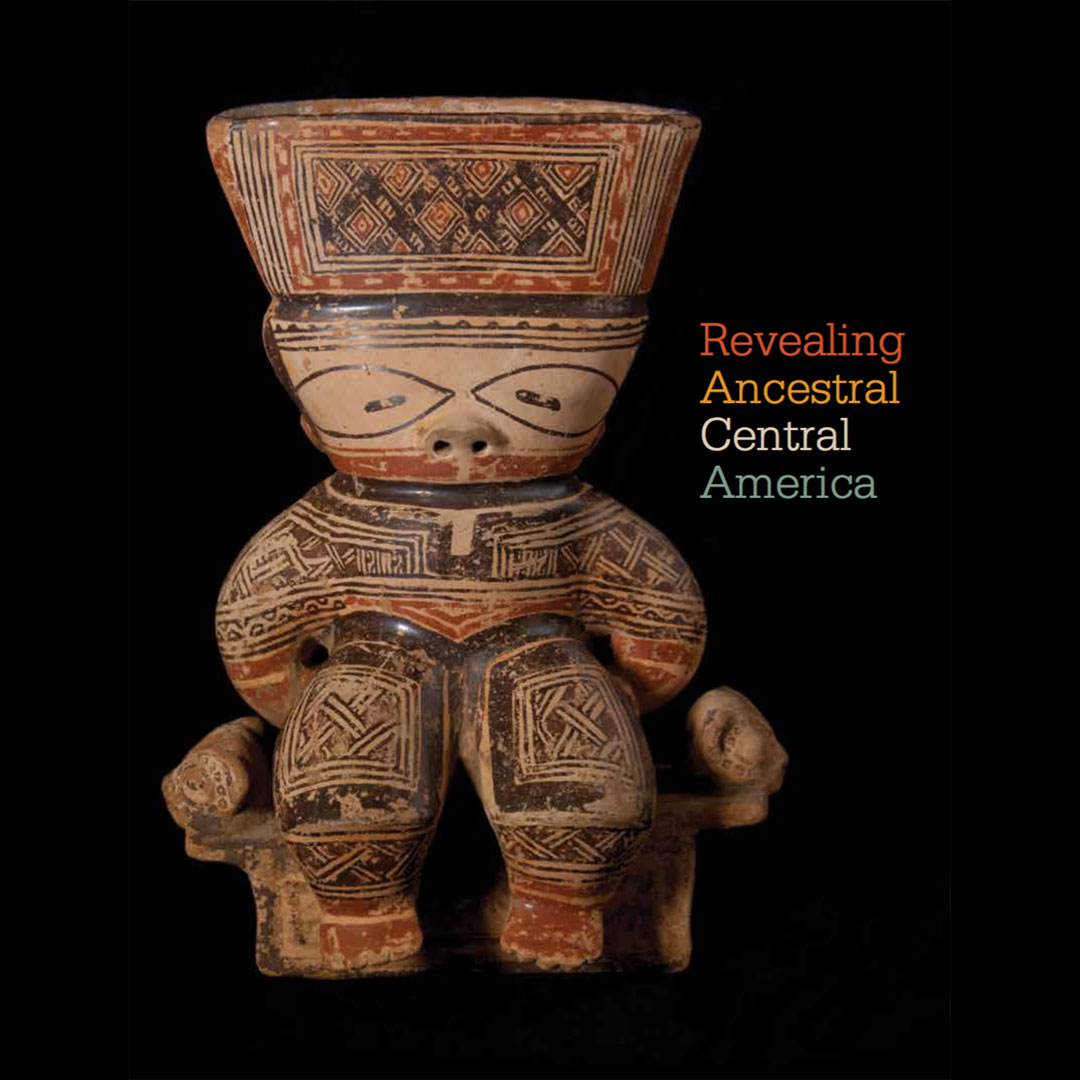The National Museum of the American Indian New York Heye Center is the New York branch of the Smithsonian Museum in Washington D.C.
It collects historic and contemporary Indigenous culture of the Americas.
Though the original collection was Native American, the Museum represents the continuum of Native culture throughout the Americas.
It produces excellent exhibitions with teaching materials that are often bilingual.
Latin Culture at the National Museum of the American Indian
Children’s Festival of Taíno culture
FINANCIAL DISTRICT, NYC | Sat-Sun, May 18-19, 2019 | Children’s festival | Taíno arts and crafts, dancing and storytelling for the family
Taíno: Native Heritage and Identity in the Caribbean
July 28, 2018 – Nov 12, 2019
FINANCIAL DISTRICT, NYC ~ This art exhibition examines the renaissance of Indigenous Taíno identity in Caribbean communities. FREE
Continue Reading Taíno: Native Heritage and Identity in the Caribbean
Cerámica de los Ancestros: Central America’s Past Revealed
April 18, 2015 – May 20, 2018
~
National Museum of the American Indian
Financial District, Manhattan
~
Central American heritage
Continue Reading Cerámica de los Ancestros: Central America’s Past Revealed
National Museum of the American Indian News
The Museum’s current exhibitions are ongoing exhibitions from the permanent collection.
National Museum of the American Indian Tickets
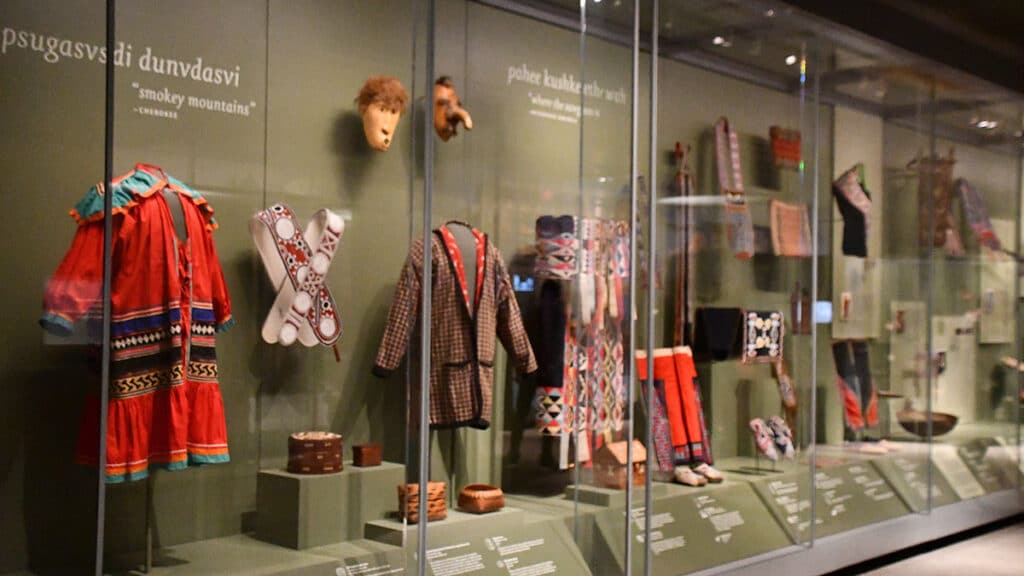
Entrance is FREE.
National Museum of the American Indian New York Heye Center
1 Bowling Green
(facing Bowling Green at the beginning of Broadway)
Financial District, Manhattan
Subways
(4)(5) to Bowling Green
(1) to South Ferry
Exhibitions
Jeffrey Veregge: Of Gods and Heroes
This is a site-specific installation of illustrations by the Native American artist and writer from the Port Gamble S’Klallam Tribe in Washington State.
Veregge has drawn hundreds of comic book covers. His figures are a blend of Native American traditions and contemporary super heroes. It’s striking how well the two concepts go together. It’s storytelling about heroic figures which is a very human enterprise.
Ongoing. si.edu
Native New York
This exhibition shows how twelve places in present-day New York were once Native American homes, and how Native Americans helped form and build New York and New York City.
Now most of us only come back to visit, but New York is still home. And today, New York City is home to Indigenous peoples from across the Americas.
Ongoing. si.edu
Infinity of Nations: Art and History in the Collections of the National Museum of the American Indian
This exhibition shows Indigenous art of North, Central, and South America from the Museum’s permanent collection. Some exhibition objects are purely artistic, but many are from everyday life. Life didn’t used to be so compartmentalized. People lived with art.
The exhibition includes contemporary art and art of people of the Arctic and Subarctic, Northwest Coast, California and Great Basin, Woodlands, Plains and Plateau, Southwest, Mesoamerica and Caribbean, Amazon, Andes, and Patagonia.
An important takeaway is the cultural continuum that existed in the Americas before contact. Post-colonial thinking divides land and people, but there was one Native cultural continuum from the Arctic to Antarctica. 🇺🇸 🇦🇷 🇧🇸 🇧🇴 🇧🇿 🇧🇷 🇨🇦 🇨🇱 🇨🇴 🇨🇷 🇨🇺 🇩🇴 🇪🇨 🇸🇻 🇬🇹 🇬🇾 🇭🇹 🇭🇳 🇲🇽 🇵🇦 🇵🇾 🇵🇪 🇵🇷 🇻🇪
Ongoing si.edu
Ancestral Connections
This exhibition shows how ten contemporary Native artists draw on personal experience and heritage traditions to make ancestral connections.
You might not see it without being shown, but it is surprising how Native art is often a contemporary expression of very old traditions.
Before the industrial religions made their mark on the world, most traditions practiced ancestral veneration. In traditional cultures, the ancestors are still important. They are our inspiration.
Ongoing si.edu
About the National Museum of the American Indian New York
The National Museum of the American Indian is in the former Alexander Hamilton U.S. Custom House. The Beaux-Arts building from 1907 was designed by Cass Gilbert.
Alexander Hamilton U.S. Custom House
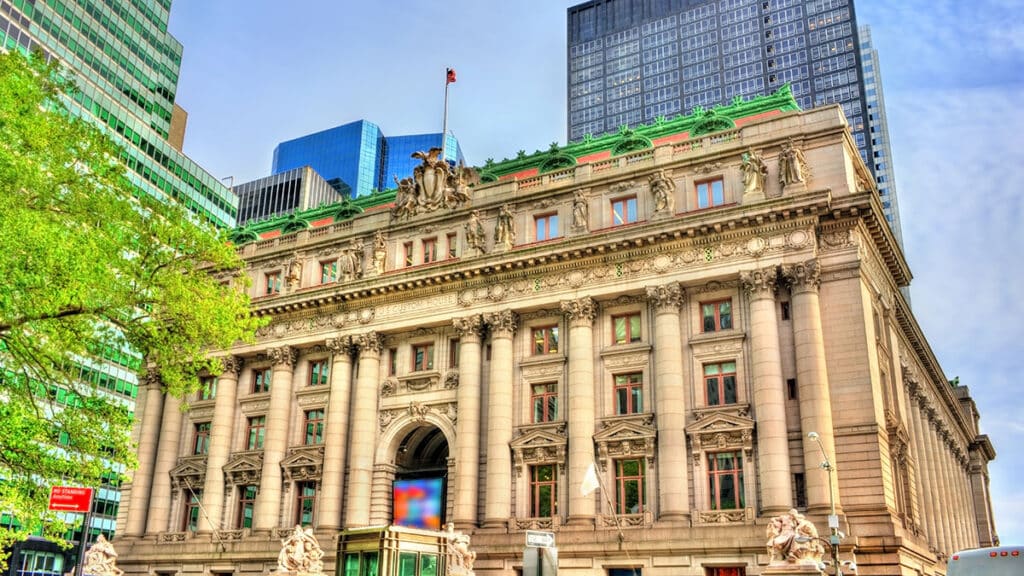
The Customs House collected customs duties (shipping taxes) for the U.S. Treasury which Alexander Hamilton founded. It was important because customs duties were the primary form of government revenue until income taxes were created to finance the U.S. Civil War (1860-1865). The Customs Service moved to the then new World Trade Center in the 1970s.
The Collector’s Room is the most ornate room in the building. Some of the woodwork was done by the studio of Louis Comfort Tiffany.
The second floor rotunda is beautiful architecture. It feels like you are in a European palace. The oval dome is filled with paintings that show an industrial and maritime New York City that is long gone now.
The four limestone statues in front of the building represent the continents of Asia, North America, Europe and Africa. They were designed by Daniel Chester French (1850-1931), who also designed the Lincoln Memorial. The statues’ colonial point of the view is shameful. It represents Whites as masters and everyone else as servants and slaves. For example America rests a foot on the head of the Aztec god Quetzalcoatl. Foot gestures like throwing a shoe or pointing with the feet are cultural insults in Latin America and Asia. Africa is represented by a woman in submission with her head down. She is also bare-breasted because colonizers used African women as sexual objects. Our past was kind of messed up. We know better now.
The museum’s work today counters the colonial narrative. They really do good work.
Lenape Trading Post
Before it became the U.S. Custom House, this was the site of the Lenape trading post. It’s the perfect location with good access to New York Bay, the Hudson River upstate and the East River to Long Island Sound.
Broadway was the Lenape road up to the main Lenape town in Inwood in Upper Manhattan, and further up the Hudson River to what are now Albany and Canada. Traditional cultures use great trees as meeting places. The Council Elm was where Bowling Green Park is now in front of the building.
This was also the site where New York City’s first immigrant Juan (Jan) Rodríguez set up shop in 1613. He was Portuguese African from Santo Domingo in what is now the Dominican Republic. He arrived as a translator on a Dutch ship and stayed because he didn’t want to go to Europe. He quickly learned to speak Algonquin and married into the community.
After the Indigenous Lenape, Rodríguez was New York’s first immigrant, first Latino, first Dominican and first trader.
Follow
If you can’t visit, the Museum’s online programs are excellent.
si.edu
X (Twitter) @SmithsonianNMAI
Instagram @smithsoniannmai
YouTube @SmithsonianNMAI

